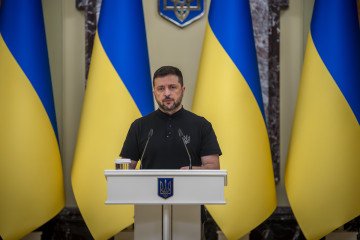- Category
- War in Ukraine
What Exactly Is a War of Attrition, and Why Russia Isn’t Winning It
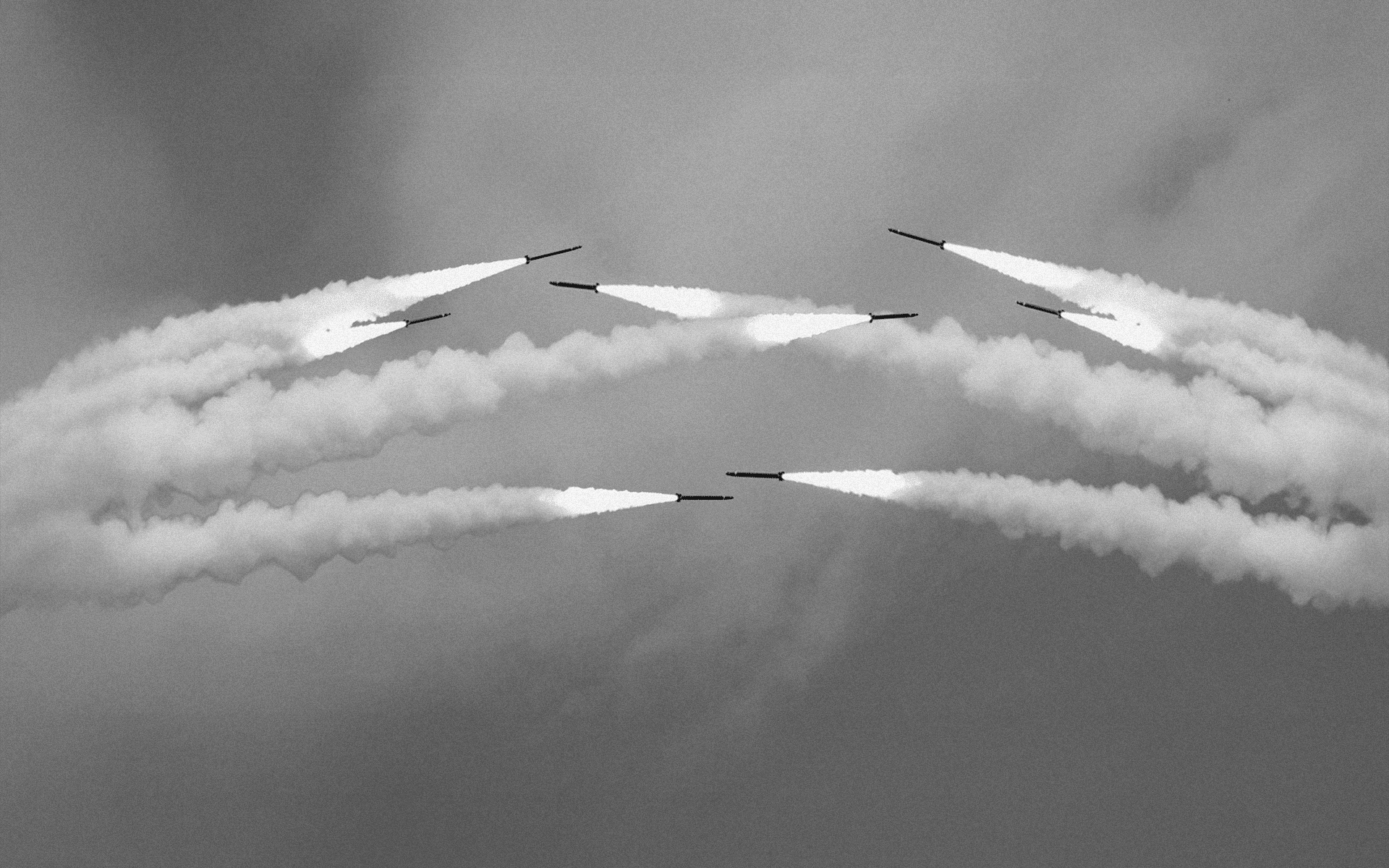
Outnumbered but not outmatched, Ukraine is using tech, strategy, and Western support to shift the balance in a war built on endurance.
Ukrainian President Volodymr Zelenskyy said on May 28 that Russia is mobilizing between 40,000 and 45,000 troops monthly, while Ukraine manages to enlist approximately 25,000 to 27,000 in the same period. Ukraine is currently facing an uphill battle, but with the support of its allies, it is expected to prevail.
To many, warfare is something dynamic—territory changes hands, colored maps light up red or green, and eventually, one side is forced to surrender or sue for peace. That’s how conventional wars are supposed to play out. But Russia’s 2022 invasion of Ukraine shattered those assumptions. Expecting a swift victory over what they believed was a weaker, disorganized opponent, Russian forces were met instead with fierce resistance, tactical ingenuity, and a national will to fight.

But after three years of fighting, the war looks very different from what many once imagined. Instead of rapid advances or dramatic turning points, it has settled into a war of attrition, where both sides have dug in and focus on steadily wearing each other down through heavy attritional losses. Progress is no longer measured in kilometers gained, but in drones destroyed, shells fired, and battalions rotated.
It’s a test of endurance: draining the enemy’s resources, outlasting their manpower, and breaking their will to fight. And for some analysts, these are exactly the conditions Ukraine can use to its advantage—if its allies remain committed for the long haul.
Ukraine’s 2023 counteroffensive was the turning point
In the summer of 2023, Ukraine launched its long-anticipated counteroffensive—bolstered by newly arrived Western equipment, yet hampered by the slow crawl of bureaucracy and the prevailing caution of 2023’s buzzword: escalation management. Leopard tanks, HIMARS launchers, and American armored vehicles finally made it to the front, joining a military emboldened by its earlier successes in defending Kyiv, Kharkiv, and Mykolaiv. Confidence was growing, but so were the costs of delay.
However, there was real hope, both in Ukraine and among its allies, that this could be a turning point. On paper, conditions were favorable: Russia was facing significant ammunition shortages, its command structure had been weakened by infighting, and morale among its mobilized troops was brittle.
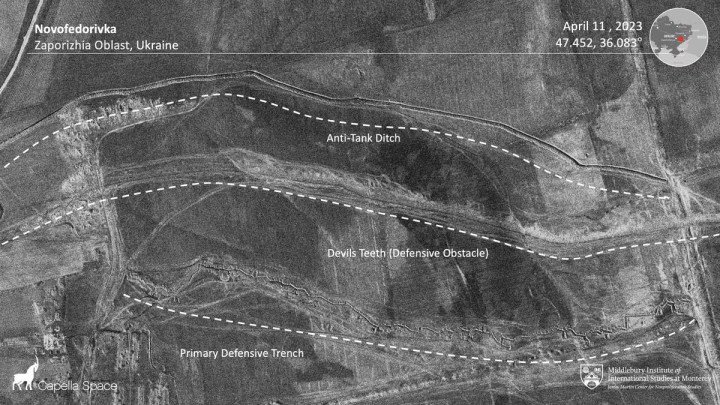
And yet, despite massive combined arms assaults, Ukraine’s advance, primarily in the Zaporizhzhia Operational Tactical Group (OTG), was slow and costly. Russian forces, having spent nearly a year preparing, had transformed the occupied south into a labyrinth of defenses: dense minefields, trench networks, tank traps, and tiered artillery positions stretching across vast distances. Satellite images revealed defensive lines that looked more like the Western Front of 1916 than a modern battlefield.
Faced with these hardened defenses, Ukrainian units quickly realized that the Western doctrine of maneuver warfare—drilled into them by NATO instructors—simply didn’t apply. Designed for rapid breakthroughs and fluid offensives, it faltered against Russia’s static, attrition-heavy defense.
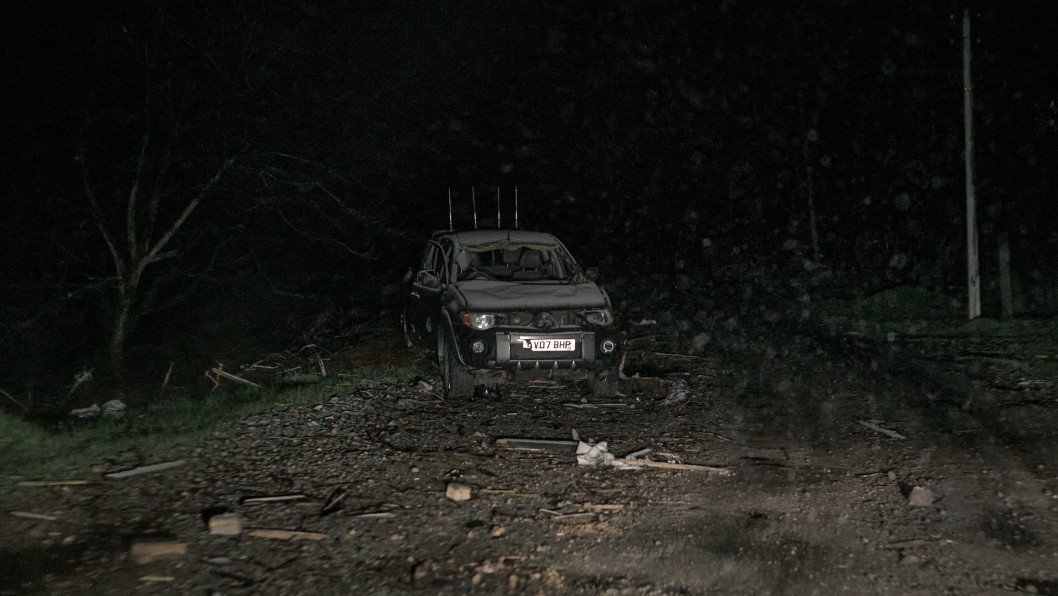
So Ukraine improvised. Soldiers relied on drones for real-time reconnaissance, coordinated sapper teams to navigate and clear deadly minefields, and deployed small, decentralized units to probe Russian defenses and exploit weak points. It wasn’t sensational warfare, but it worked. The pace was grueling and the gains painfully slow, yet this approach dramatically reduced the projected loss of life. For a country where every life carries weight, that wasn’t just a tactical decision—it was the only moral one.
By late 2023, it became clear: there would be no lightning breakthrough. The war had entered a new and grimmer chapter. With neither side able to deliver a decisive blow, Ukraine and Russia dug in. The front lines barely shifted, but the destruction mounted. This was no longer a war of movement. It had become a war of attrition, where success is defined not by territory gained, but by the capacity to sustain losses and outlast the enemy.
Russia’s war machine and recruitment drive
Despite the static frontlines and staggering human cost, military analysts—including those at the International Institute for Strategic Studies—argue that a war of attrition does not necessarily favor the larger power. They contend it can be a viable theory of victory for Ukraine. The logic is simple: while Russia may have more bodies to throw at the front, Ukraine’s edge lies in its smarter use of resources, better-trained units, and a growing alliance with the West that can provide lasting material supply and technological superiority. If Ukraine can degrade Russia’s war machine faster than Russia can regenerate it, then time, ironically, becomes Ukraine’s ally.
Russia, for its part, is betting that it can outlast Western political will. To keep its war effort afloat, Moscow has leaned hard into a pay-for-service model. Soldiers aren’t motivated by ideology or even coercion in many cases—they’re motivated by cash. In 2024 alone, around 400,000 individuals signed contracts to fight, many lured by the promise of fast money, debt forgiveness, and even housing benefits.
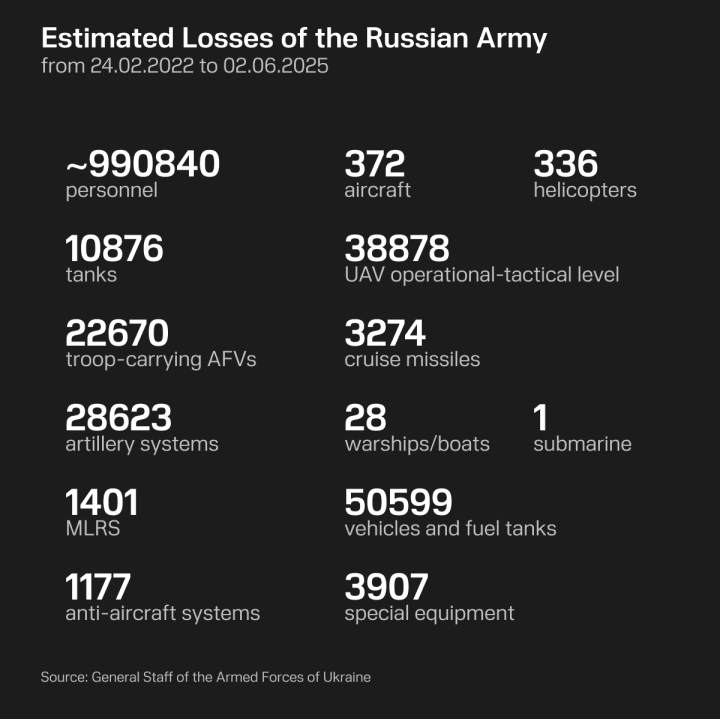
In the first four months of 2025 alone, Russian forces have suffered an estimated 160,000 casualties, putting this year on pace to be the deadliest yet. Since the start of the full-scale invasion, total Russian losses have climbed to around 950,000 killed and wounded. Despite the staggering toll, Russia has made only marginal territorial gains, often advancing at a cost of nearly 100 casualties for every square kilometer. Moscow continues to throw poorly trained recruits into brutal frontal assaults, sustaining momentum on paper while steadily grinding down the quality of its army, with no decisive breakthroughs to show for it.
The Kremlin now spends an estimated $22 million per day just on military recruitment. This mass enlistment isn’t just coming from patriotic volunteers. Increasingly, it draws from Russia’s poorest regions, prisons, and marginalized communities—and more recently, from foreign recruits, including undocumented migrants and laborers across Africa and Central Asia.
But maintaining a war economy built on payouts and attrition requires more than just manpower—it demands serious cash flow. That’s where Russia’s dependency on oil becomes a critical vulnerability. The country’s entire war budget is effectively underwritten by its fossil fuel exports. But with global oil prices falling and sanctions tightening, that lifeline is under pressure.
The Russian government quietly revised its national budget in early 2025, lowering its projected oil benchmark from $70 to $56 per barrel. This significant adjustment reflects both economic strain and shrinking margins. The lower the price of oil, the harder it becomes for Russia to keep its massive military machine running at full speed.
On the surface, Russia may look like it has the upper hand in manpower. But quantity is not the same as sustainability. As the war grinds on, every lost tank, drone, and trained soldier becomes harder—and costlier—for Russia to replace. And the longer Ukraine holds the line, the more that imbalance begins to matter.
Ukraine's defense industry and allied support
Ukraine is no longer just fighting with donated weapons; it has adapted to build them. Over the past year, with backing from key European partners, Ukraine has begun laying the groundwork for a domestic defense industry capable of sustaining a long war and setting the stage for future security. This shift marks a strategic evolution: from dependence on aid to co-production, from stockpiles to supply chains.
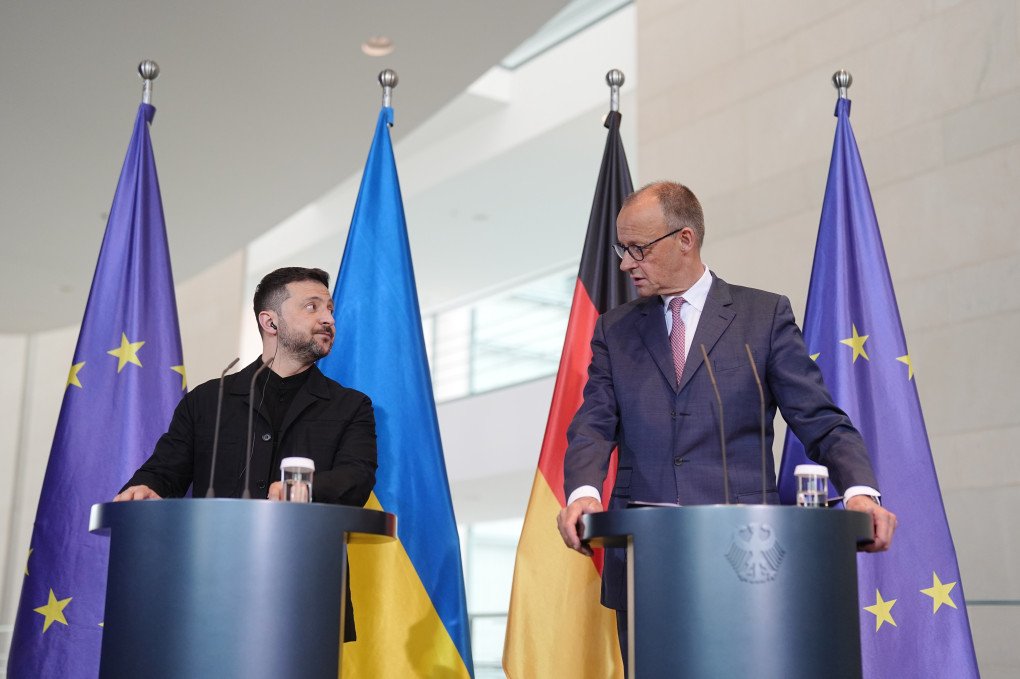
Germany has committed an additional €5 billion in military aid and is now collaborating directly with Ukraine to develop long-range missile systems—technologies once considered too escalatory to transfer. Meanwhile, the EU has approved a sweeping €150 billion arms fund, designed to supercharge weapons manufacturing across the bloc while keeping Ukraine supplied with everything from artillery shells to air defense systems.
Equally important is the investment in unmanned technologies. The so-called Drone Coalition, an alliance of countries including Belgium, Türkiye, and the UK, is helping Ukraine scale its drone production, recognizing the pivotal role of FPV and loitering drones in trench warfare and deep strikes. Ukraine’s ability to mass-produce these systems has already changed the tempo of frontline combat, giving its forces the tools to punch above their weight against more heavily equipped Russian units.
Defense firms like Rheinmetall are now opening production lines inside Ukraine, signaling a long-term commitment not just to Kyiv’s survival, but to anchoring Ukraine within Europe’s military-industrial complex. The war may have started with stopgap shipments and emergency diplomacy, but what’s emerging is signals of a long-lasting defense industry.
The impact of sanctions on Russia
No war of attrition is won on the battlefield alone—it’s also fought in factories, trade routes, and customs offices. For Ukraine and its allies, sanctions remain one of the most powerful tools for grinding down Russia’s war machine.
Western nations have imposed extensive sanctions since 2022, targeting nearly every sector of the Russian economy, with a particular focus on its defense and energy sectors. The European Union’s 17th sanctions package, introduced in May 2025, blacklisted over 100 Russian entities and individuals connected to Moscow’s weapons production, including drone manufacturers and microelectronics suppliers.
⚡ EU’s 18th sanctions package against Russia should include tougher restrictions on the Russian banking and energy sectors, the country’s tanker fleet, and the introduction of secondary sanctions, Ukraine official urges.https://t.co/I8efo25Bwk
— UNITED24 Media (@United24media) June 10, 2025
The intent is clear: deprive Russia of the components necessary to produce modern weaponry. On paper, this strategy appears effective. Russia lacks a robust domestic semiconductor industry, and its advanced missiles, tanks, and aircraft rely heavily on imported Western parts.
However, in practice, the picture is more complex. Investigations reveal that since 2022, Russia has managed to receive shipments of restricted Western microelectronics, often rerouted through third-party countries like China, Türkiye, and nations in Central Asia. Loopholes, shell companies, and lax enforcement have enabled the Kremlin to maintain its production lines, even under heavy sanctions.
This is the quiet front line of the war: the global effort to tighten enforcement, close backdoors, and disrupt the flow of dual-use goods. It's less visible than a battlefield, but no less consequential. If Russia can’t repair tanks, replenish its drone fleets, or produce guided missiles at scale, its ability to fight—and to intimidate—will steadily erode.
Ukraine has proven that even a massive military machine can be resisted on the battlefield through training, motivation, and tactical skill. But when it comes to economic strength, the gap is undeniable. Russia’s economy is vast compared to Ukraine’s, and that's where Kyiv must continue relying on its partners—countries whose combined economic power far exceeds Russia’s. Ensuring that sanctions are enforced effectively isn’t just about punishment; it’s about shaping the battlefield in a way that helps Ukraine endure and ultimately prevail.

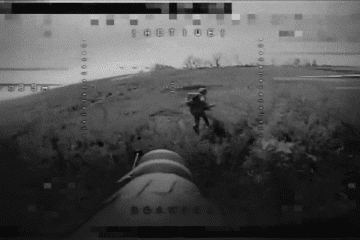
-29a1a43aba23f9bb779a1ac8b98d2121.jpeg)
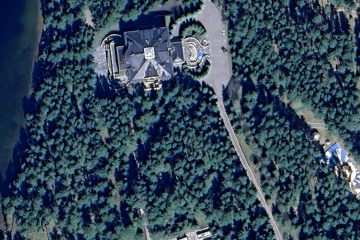
-24deccd511006ba79cfc4d798c6c2ef5.jpeg)


